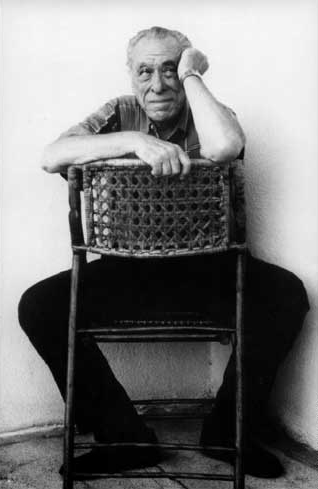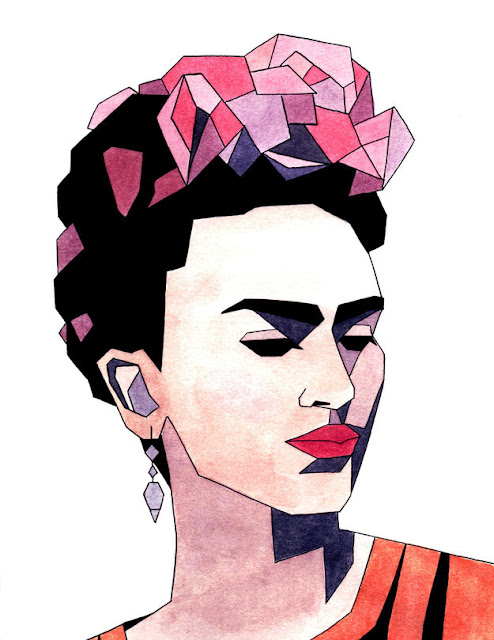Frida Kahlo’s Passionate Hand-Written Love Letters to Diego Rivera
by Maria Popova
“Only one mountain can know the core of another mountain.”

Mexican painter and reconstructionist
Frida Kahlo is among the most remarkable figures of contemporary culture. At a young age, she contracted polio, which left her right leg underdeveloped — an imperfection she’d later come to disguise with her famous colorful skirts. A decade later, as one of only thirty-five female students at Mexico’s prestigious Preparatoria school, she was in a serious traffic accident, which resulted in multiple body fractures and internal lesions inflicted by an iron rod that had pierced her stomach and uterus. It took her three months in full-body cast to recover and though she eventually willed her way to walking again, she spent the rest of her life battling frequent relapses of extreme pain and enduring frequent hospital visits, including more than thirty operations. As a way of occupying herself while bedridden, Kahlo made her first strides in painting — then went on to become one of the most influential painters in modern art.
Two years after the accident, in 1927, she met the painter Diego Rivera, whose work she’d come to admire and who became her mentor. In 1929, despite the vocal protestations of Kahlo’s mother, Frida and Diego were wedded and one of art history’s most notoriously tumultuous marriages commenced. Both had multiple affairs, the most notable of which for bisexual Kahlo were with French singer, dancer, and actress Josephine Baker and Russian Marxist theorist Leon Trotsky. And yet her bond with Diego was one of transcendental passion and immense love.
Kahlo’s love letters to Rivera, found in
The Diary of Frida Kahlo: An Intimate Self-Portrait (
public library) and stretching across the twenty-seven-year span of their relationship, bespeak the profound and abiding connection the two shared, brimming with the seething cauldron of emotion with which all fully inhabited love is filled: elation, anguish, devotion, desire, longing, joy. In their breathless intensity, they soar in the same stratosphere of love letters as those exchanged between
Georgia O’Keeffe and Alfred Stieglitz,
Anaïs Nin and Henry Miller, and
Virginia Woolf and Vita Sackville-West.

Diego.
Truth is, so great, that I wouldn’t like to speak, or sleep, or listen, or love. To feel myself trapped, with no fear of blood, outside time and magic, within your own fear, and your great anguish, and within the very beating of your heart. All this madness, if I asked it of you, I know, in your silence, there would be only confusion. I ask you for violence, in the nonsense, and you, you give me grace, your light and your warmth. I’d like to paint you, but there are no colors, because there are so many, in my confusion, the tangible form of my great love.
F.




















